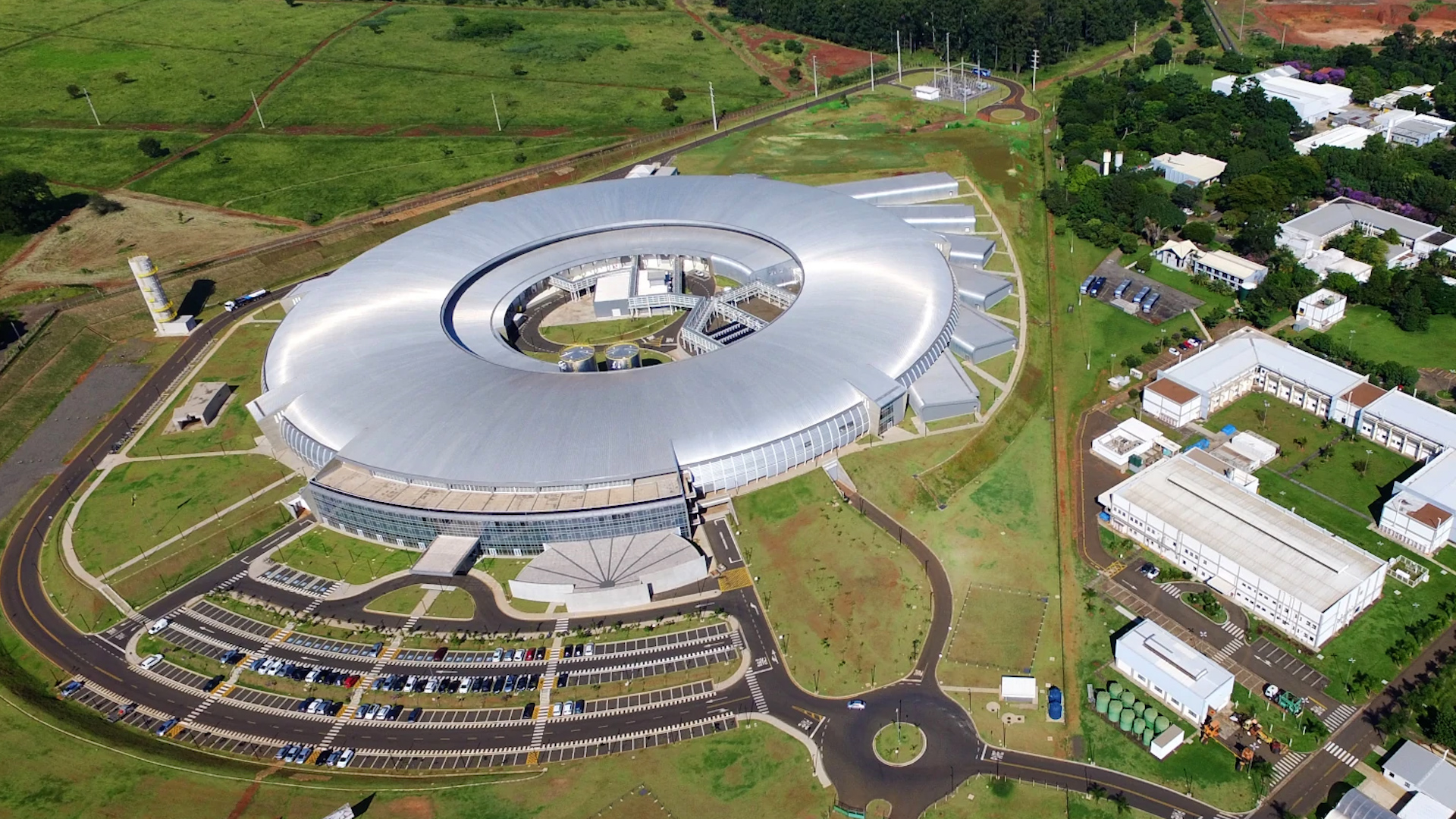
[KARAH RUCKER]
WHAT IF THE FUTURE OF FIGHTING THE WORLD’S DEADLIEST DISEASES WAS RIGHT IN THE HEART OF LATIN AMERICA? A GROUNDBREAKING NEW FACILITY COULD BE THE KEY.
LAST MONTH — BRAZIL MADE A SIGNIFICANT LEAP IN GLOBAL HEALTH SECURITY WITH THE GROUNDBREAKING LAUNCH OF ORION — LATIN AMERICA’S FIRST MAXIMUM-SECURITY BIOLAB FOR ADVANCED PATHOGEN RESEARCH.
THE ORION FACILITY SPANS AN IMPRESSIVE 322-thousand SQUARE FEET AND HOUSES BSL-2 — BSL-3 — AND BSL-4 LABS — MAKING IT ONE OF THE MOST ADVANCED PATHOGEN RESEARCH CENTERS GLOBALLY.
THESE DIFFERENT BIOSAFETY LEVELS DETERMINE HOW SECURE THE LABS NEED TO BE — WITH BSL-4 BEING THE HIGHEST FOR HANDLING THE MOST DANGEROUS VIRUSES — LIKE EBOLA.
WITH THE FACILITY’S ADVANCED IMAGING TECHNIQUES RESEARCHERS CAN EXPLORE HOW VIRUSES AND BACTERIA AFFECT HUMAN CELLS — TISSUES — AND ORGANS — ADVANCING THE FIGHT AGAINST INFECTIOUS DISEASES.
IN ADDITION TO ITS RESEARCH CAPABILITIES — ORION AIMS TO STRENGTHEN BRAZIL’S HEALTH SECURITY BY SPEEDING UP THE DEVELOPMENT OF VACCINES — TREATMENTS — AND DIAGNOSTICS PROGRAMS. THIS IS ESPECIALLY IMPORTANT IN A REGION THAT FREQUENTLY FACES EMERGING INFECTIOUS DISEASES.
RESEARCHERS WILL NOW HAVE THE ABILITY TO STUDY LOCAL PATHOGENS THAT WERE PREVIOUSLY OUT OF REACH DUE TO THE ABSENCE OF PROPER CONTAINMENT FACILITIES.
ALTHOUGH THE SCIENTIFIC COMMUNITY HAS EMBRACED ORION’S LAUNCH — THERE ARE CONCERNS ABOUT THE HIGH COSTS OF MAINTAINING THE FACILITY. SIMILAR LABS — LIKE THE GALVESTON NATIONAL LABORATORY IN TEXAS — REQUIRES ROUGHLY 12 MILLION DOLLARS EVERY YEAR FOR MAINTENANCE AND OPERATIONS.
DESPITE THESE FINANCIAL CHALLENGES — THE BRAZILIAN CENTER FOR RESEARCH IN ENERGY AND MATERIALS — WHICH MANAGES ORION — REMAINS CONFIDENT IN SECURING ADDITIONAL FUNDING AND PARTNERSHIPS TO MAINTAIN THE LAB’S LONG-TERM SUSTAINABILITY. THE BRAZILIAN GOVERNMENT HAS ALREADY COMMITTED 1 BILLION REAIS — AROUND $180 MILLION — TOWARD ORION’S CONSTRUCTION.
FOR MORE OF OUR UNBIASED — STRAIGHT FACTS REPORTING — DOWNLOAD THE STRAIGHT ARROW NEWS APP OR VISIT US AT SAN – DOT – COM.











